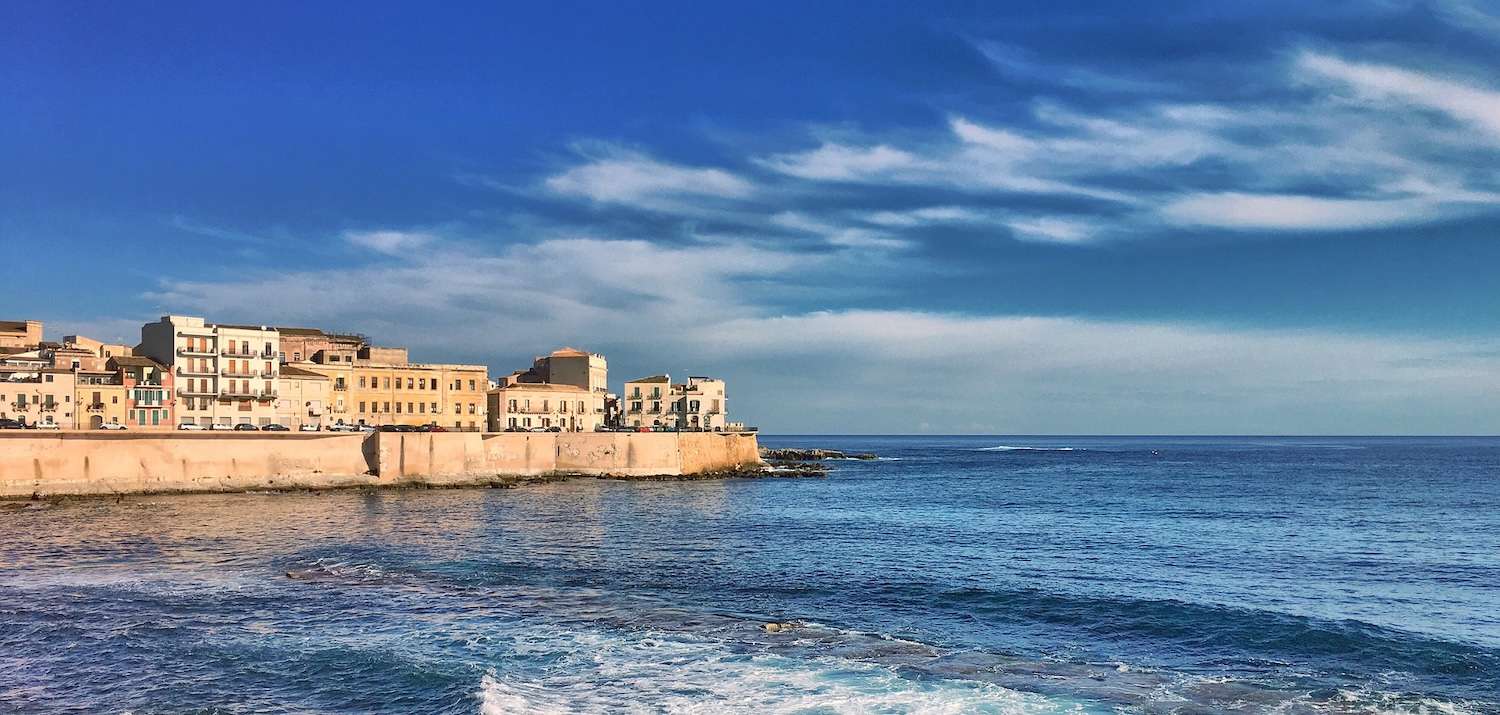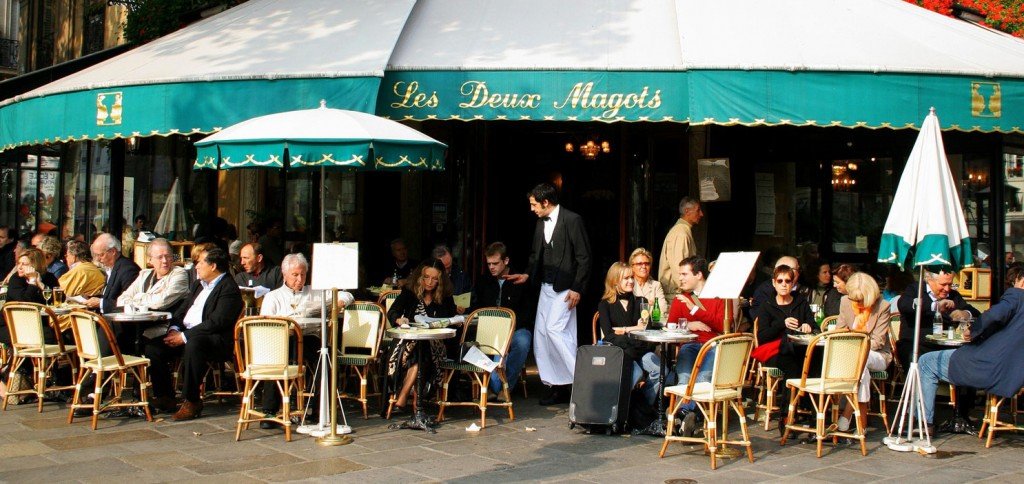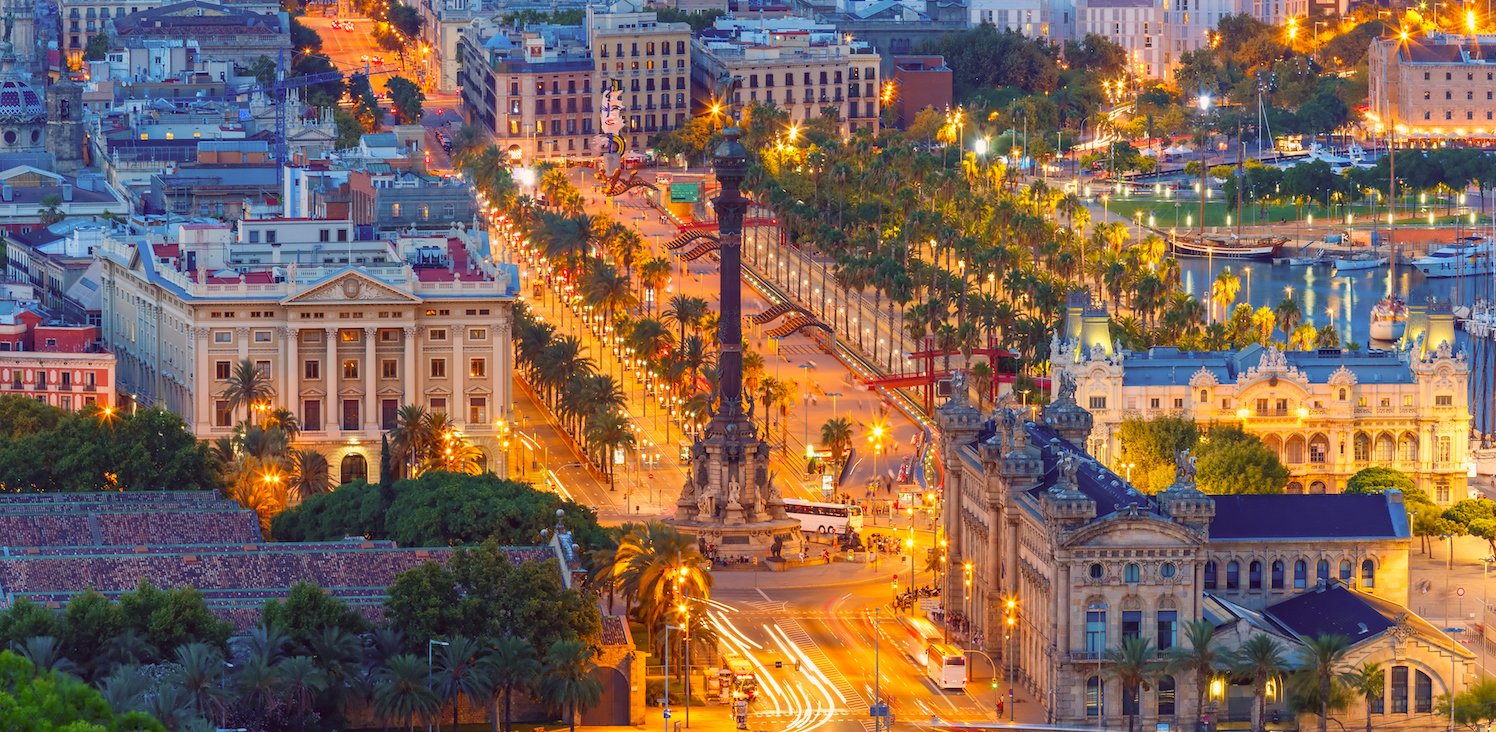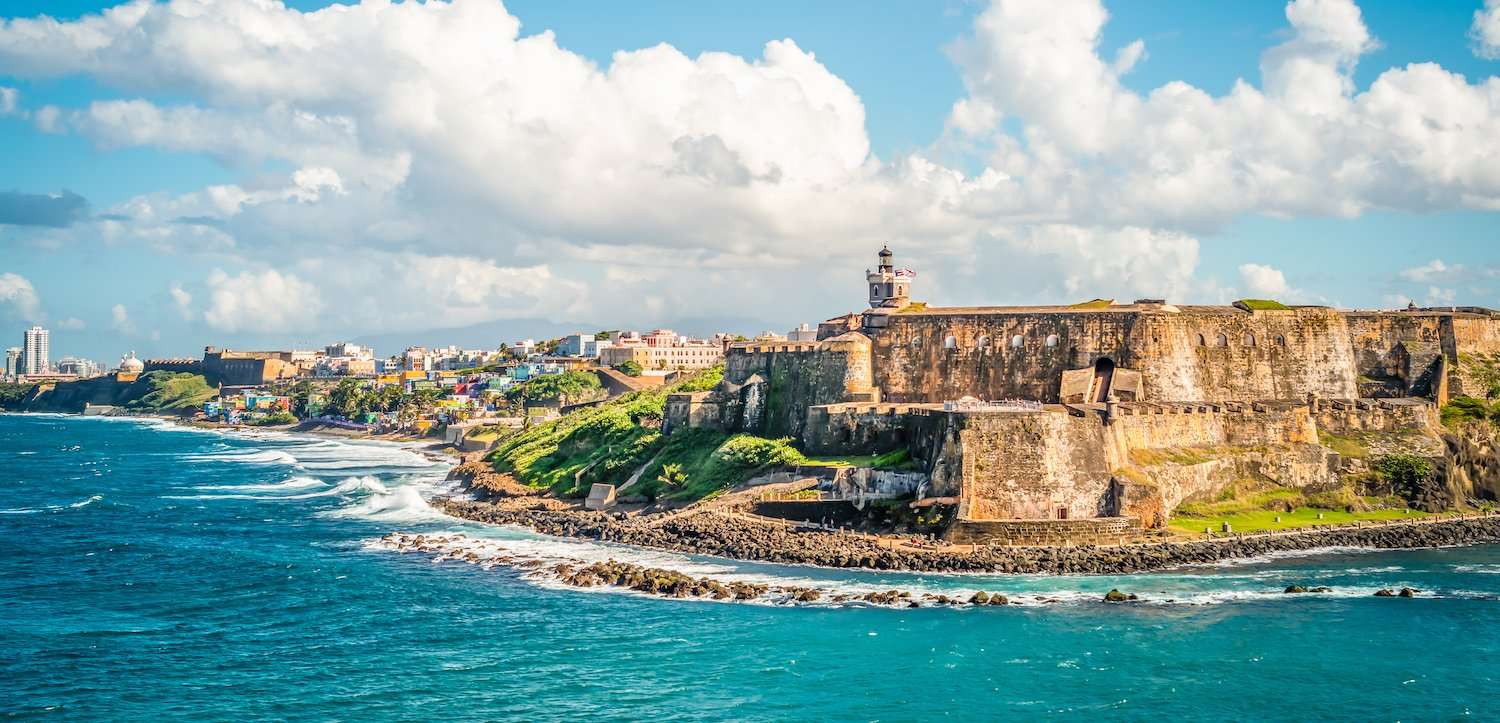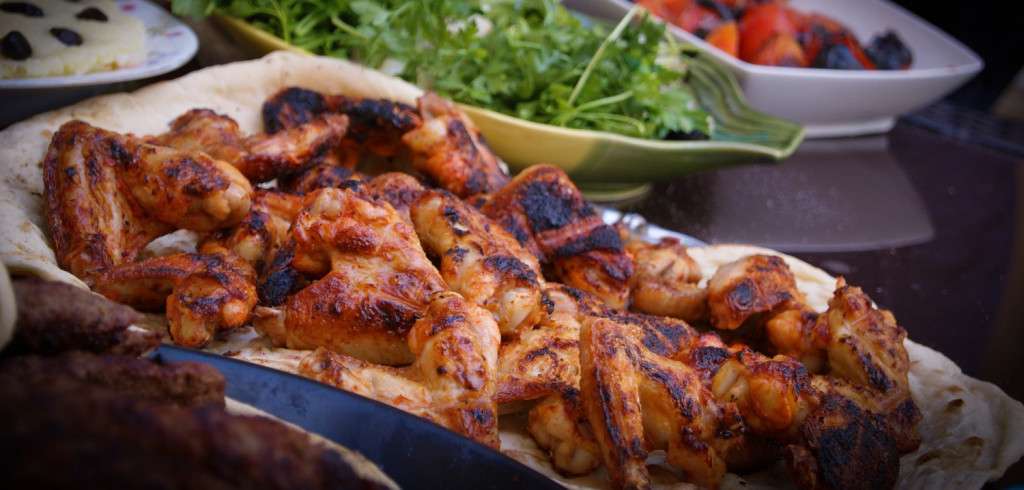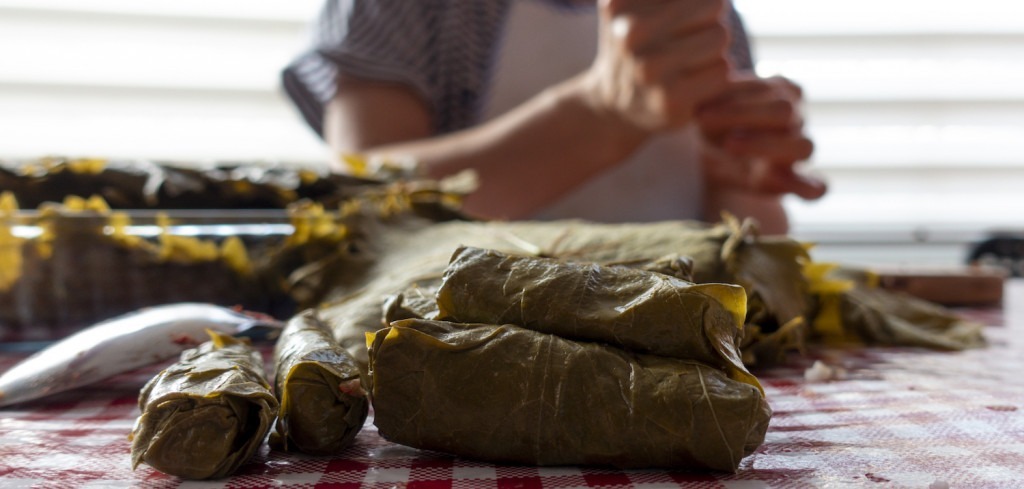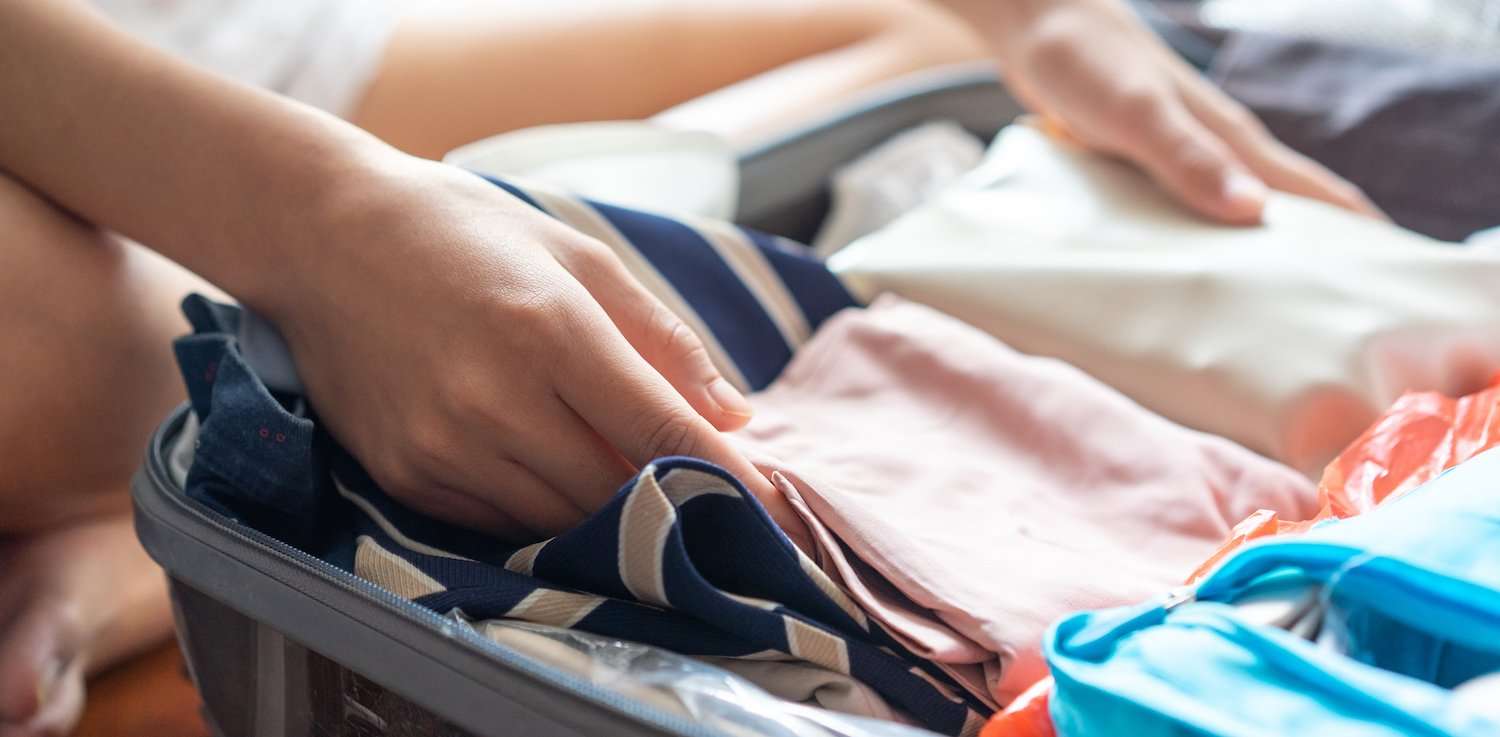
- The International Kitchen
- Blog
- Things My Mom Needs to Know Before Her Trip: Getting Ready to Go
Things My Mom Needs to Know Before Her Trip: Getting Ready to Go
-
-
Welcome to the second of our blog posts dedicated to my mother and her culinary vacation to Spain and Portugal! Really these posts are dedicated to any of our travelers who like to travel but aren’t necessarily super experienced traveling abroad. Hopefully by answering my mother’s questions related to her custom trip to Spain and Portugal we can also help other travelers of ours feel comfortable and ready for one of our culinary tours. 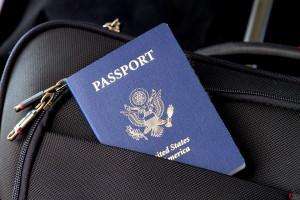 We already tackled “The Basics,” in our last post, so today’s will answer questions about getting ready to go!
We already tackled “The Basics,” in our last post, so today’s will answer questions about getting ready to go!
1) Travel Documents
Many travelers don’t know that a passport is not enough for international travel. The passport must be:
- in good condition
- valid for at least 6 months after your return date
- still containing blank pages that can accept a stamp
It is absolutely possible to be denied boarding if your passport is not up to snuff, so check before you go! We also recommend traveling with a copy of your passport. When you’re out and about take the copy and leave the real thing in the hotel safe.
2) Money
My mom is a bit worried about how much money she should bring and how she should bring it. Should she go to her bank ahead of time? Pay by credit card? Do cash withdrawals while abroad? We definitely recommend arriving in the country to which you’re traveling with local currency in your wallet. How much will depend on the specific trip (and how much you like to shop!) but in general around 200-300 Euros (or the equivalent in the local currency) is a place to start. You can get these from your bank at home, but note that it might take a while to get them, as many banks don’t have Euros on hand (so don’t leave it to the day before you depart). What about the exchange rate? If you are only changing a few hundred dollars, a less favorable exchange rate is not going to make a large difference to the bottom line. If you need more cash while you are traveling we do recommend getting it out from an ATM while you travel. You will get a better exchange rate, and you will not have to carry so much cash. Note however that your bank (and the foreign bank) might charge a withdrawal fee, so don’t get small amounts out every day or those fees add up.  As for credit cards, use them when you can, but first be aware of whether your credit card charges a foreign transaction fee and how much. These also can add up quickly. If you have a card that does not charge these fees, use it as much as possible! What will you need cash for? On some of our trips, you’ll hardly need any cash at all. On others, you can expect to pay cash for:
As for credit cards, use them when you can, but first be aware of whether your credit card charges a foreign transaction fee and how much. These also can add up quickly. If you have a card that does not charge these fees, use it as much as possible! What will you need cash for? On some of our trips, you’ll hardly need any cash at all. On others, you can expect to pay cash for:
- tips
- taxis or buses if necessary (most of our tours include most or all of your transportation)
- coffees, drinks, snacks
- meals or beverages not included with your trip (although sometimes you can use credit cards for these)
- personal purchases
- entrance tickets (although again, often these are included)
No matter what, you will have to expect some cost to the whole business of exchanging currencies. Whether it is the rate of exchange before you leave, the withdrawal fees for ATM use abroad, or credit card foreign transaction fees, try to minimize your costs, but then simply accept it as part of the cost of international travel without driving yourself crazy over it. 
3) Packing
My mom lives in a more southern climate, and when she visits Chicago is almost always cold. So when traveling in November, even to more temperate places like Spain and Portugal, I have recommended lots of layers. Europeans in general do not blast heat or air conditioning as much as Americans, so it can be cool in the winter even indoors. It’s amazing how a good warm scarf, extra sweater, or warm pajamas can come in handy. It might be sunny and warm during the day, but it usually does get much cooler at night. It’s important when traveling to be comfortable, especially when it comes to footwear, as there is always a lot of walking when exploring a new destination. And remember – Europeans like to be fashionable, so it’s best to pack accordingly. My mom is always well dressed, though, so no worries there! As for doing her hair? I’ve told mom there will be a hair dryer at the hotel, but if she wants to pack a curling iron (or if you are someone who uses a flat iron, electric razor, etc) make sure it can handle 220-240v/110-120v, and stop at the travel section of the nearest superstore to pickup a plug converter. Do not try to use an electrical converter to convert the actual current. American appliances run on 110 volts, and European 220 volts, but most small appliances will be “dual” voltage, running 110-220. All you need is the plug converter so that it fits in the socket! We recommend buying one that has both a place for a US plug and to plug in a USB cord so that you can use it for your phone as well! Read more about what to pack for one of our trips. 
4) Phone Service
Most US cell phone providers already provide or can provide international coverage for you while you travel. What did I tell mom? Call AT&T and ask what your options are! Data charges can add up quickly too, so make sure you get a data plan as well. Usually if you don’t already have a call and data plan you can sign up for one just for the period of time you are traveling. Also, make sure you know how to turn on and change the settings on your phone. Even if you have a data plan, it probably won’t be unlimited, so you’ll need to know how to turn ‘roaming’ off to conserve data. And you’ll definitely want to know how to sign on to the hotel WiFi. Well, Mom, that’s all the travel advice I have for you today! Check back for more advice on Arriving at Your Destination. If you (or any of our other travelers) have additional questions, let us know! Read 5 things not to do during a cooking vacation in Italy.
Sign up to Receive Our Newsletter
As well as travel tips, promotions, and information on our best cooking vacations.

blog
Related Blog Posts
recipes

